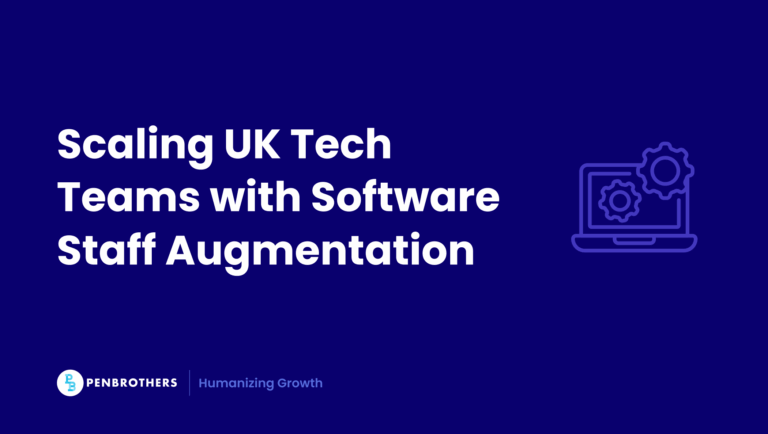Imagine this: your distributed team just wrapped up a high-pressure sprint. Project delivered. Clients happy. Instead of the usual wind-down, your operations manager suggests a few VTO (Voluntary Time Off) slots for the week. Within hours, five teammates opt out of Friday shifts. Morale lifts, and so does productivity the following week.
VTO isn’t just a feel-good perk. For remote-first companies managing global talent, it’s emerging as a tactical lever, one that can drive agility and goodwill, if handled right.
But is it too good to be true?
Let’s unpack what VTO really means and how to implement it without risking chaos.
What is VTO, Really? (And Why It’s Not Just Time Off)
Voluntary Time Off (VTO) refers to unpaid, employee-initiated time away from work. Unlike PTO (Paid Time Off), sick leave, or furloughs, VTO is optional and not compensated. Employees volunteer to step away from scheduled work during specific periods, usually when demand is low or workload is light.
What makes VTO different:
- Unpaid: VTO doesn’t cost the company or eat into PTO balances
- Voluntary: No one is forced to take time off; employees choose
- Flexible: Can be offered ad hoc or on recurring schedules
Think of it as a way to manage downtime constructively, one that balances operational needs with employee autonomy.
The Case for VTO in Remote Teams
Remote teams face unique challenges: time zone complexity, digital burnout, and unpredictable workloads. Here’s where VTO shines.
Why VTO works for distributed teams:
- Reduces burnout: Remote employees often overwork. VTO gives space to recharge.
- Improves flexibility: Empowers workers to adjust schedules without rigid leave approvals
- Manages labor costs: Especially useful during slow periods or seasonal dips
- Fosters autonomy and trust: Signals confidence in employee judgment
According to SHRM, 24% of HR professionals in 2023 identified lack of flexibility in work arrangements as a major hiring challenge.
VTO as a Strategic Lever, Not Just a Perk
When implemented right, VTO isn’t just employee-friendly, it’s operationally smart.
Benefits of treating VTO as strategy:
- Enhances workforce agility: Dynamic teams can downscale without layoffs
- Strengthens retention: Employees appreciate flexibility and fairness
- Optimizes resource allocation: Reduces idle time and overcapacity
- Scales globally: Enables regional managers to respond to real-time business needs
Companies like GitLab and Zapier have experimented with “open time-off” systems and volunteer-based shift releases to promote sustainable productivity while maintaining output.
Common Pitfalls When Offering VTO to Remote Teams
Here’s what can go wrong:
- Unclear eligibility: Who can take VTO? When? For how long?
- Unfair distribution: Some time zones get more opportunities than others
- Visibility issues: Managers unaware of who’s off, leading to shift gaps
- Documentation gaps: Without tracking, VTO data gets lost
These aren’t just administrative headaches, they affect trust, team morale, and output. Execution is everything.
How to Design an Effective VTO Program for Remote Teams
Follow this framework to avoid chaos and maximize value:
- Create transparent policies
- Define who qualifies, how to request, and limits per month or quarter
- Use fair request systems
- First-come, first-served or rotation-based models reduce bias
- Support async requests
- Leverage Slack or HR tools that allow employees to request VTO without delay
- Keep clear documentation
- Automate audit trails to ensure compliance and visibility across time zones
For guidance on setting clear leave policies, explore this guide to planning leave effectively.
Tools That Power Scalable VTO Coordination
Modern remote teams rely on the right tech stack to manage VTO efficiently:
- Self-service portals: Let employees see availability and submit requests
- Multi-channel notifications: Instant updates via Slack, email, or mobile
- Scheduling integrations: Syncs VTO data with work calendars and payroll
- Dashboards and analytics: Tracks usage, approvals, and fairness metrics
Popular tools that support these features include Deel, Rippling, and BambooHR, especially useful for globally distributed teams.
VTO Metrics That Matter: What to Measure and Why
Track the right KPIs to evaluate success:
- VTO utilization rate: Are employees actually taking VTO?
- Approval response time: How quickly are managers responding?
- Employee sentiment: Are people satisfied with the process?
- Cost savings: How much does the company save in labor during VTO periods?
- Operational stability: Did performance dip during VTO?
Consistent reporting turns VTO from a guesswork tactic into a strategic asset.
When VTO Backfires (and How to Fix It)
Let’s look at a scenario:
A remote customer support team approves six VTOs during a long weekend but no backup is assigned. Calls go unanswered. Clients churn. Burnout spikes for the remaining team.
Recovery tactics:
- Set caps per department
- Use workforce management software to simulate coverage impact
- Require minimum notice for non-emergency VTO
- Reinforce communication channels for shift swaps
Planning, not permission, is what protects the team and the customer.
Final Verdict: Perk or Productivity Hack?
VTO is both.
It boosts morale and retention like a perk but it can also drive agility and cost savings like a smart productivity tool.
The catch? Execution.
When VTO is tied to transparent systems, scalable tech, and clear leadership expectations, it becomes a win-win for employees and businesses alike.
Final Thoughts
Offshore teams often offer more flexibility but without structure, that flexibility can turn into friction.
At Penbrothers, we help global companies build VTO programs that are:
- Compliance-ready across all supported regions
- Backed by transparent shift rotation systems
- Powered by integrated leave tracking and payroll tools
- Designed for high-retention, fully supported offshore teams
From bank holiday management tips to US holiday planning, we help you avoid scheduling surprises and create time-off programs your team can trust.
Looking to build a VTO strategy that scales? Let’s talk about how Penbrothers can support your distributed workforce.






